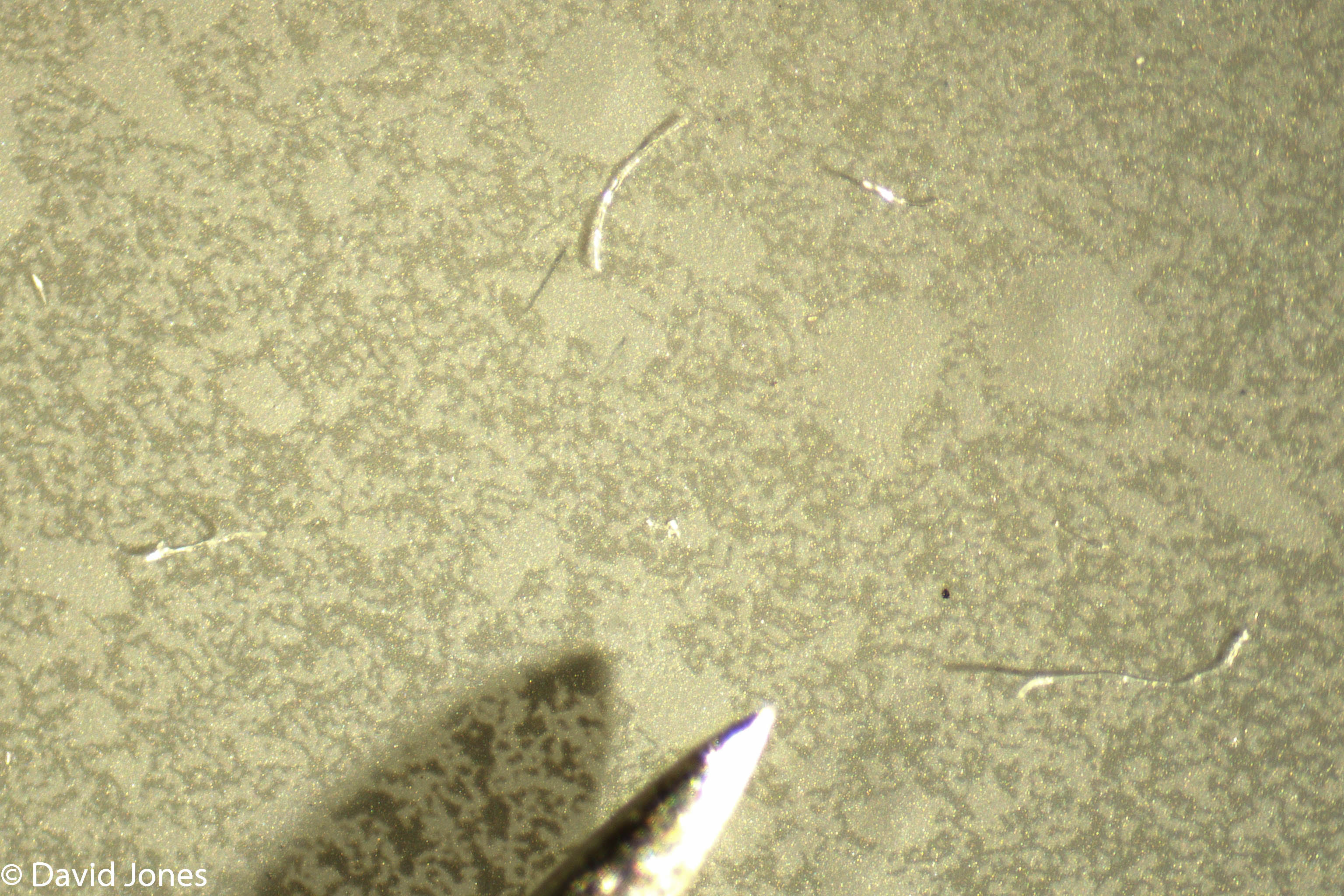This project aims to provide further information of perception data on microplastic contamination in Chichester Harbour’s Waters. Public perception data emerged as one of the most effective mechanisms in resolving this marine issue. Central to the application of establishing the best approaches to reducing this problem, is the effective management of stakeholders to encourage participatory decision-making. There are several studies that have analysed the effectiveness of public perception data to establish sustainable management in practise and identify what opportunities and challenges can arise from collaborative approaches.
This research critically evaluates Harbour Due payees’ perceptions of microplastics and examines the Chichester Harbour Conservancy Advisory Committee and how effective their decision making is in protecting the harbour from these pollutants. The overabundance of microplastics within marine and coastal areas across the globe has led to growing concerns about the vulnerability to living organisms. It is only in recent times that this issue has become widely recognised. The developments of the broader understanding of microplastics have encouraged several industries to make amendments to their use of plastic within packaging and manufacturing processes. However, it is still acknowledged that this issue is yet to be solved without major global restrictions. Governmental action holds the potential to promote legislation that in turn will instigate positive change to society and their habits of plastic use. The concept of public participation has potential to assess the level of awareness towards microplastic pollution within Chichester Harbour based on the attitudes and perceptions of licensed harbour users. To evaluate the perceived impacts of current and potential management approaches, establishing the pollutants characteristics offers more insight into the marine litter that is known as microplastics. Although the understanding of microplastics is low compared to issues such as climate change, many studies have shown that the more knowledge of microplastics and plastics a person has, the more willing they are to help reduce the problem. It has only recently become imperative to resolve this issue due to fresh acceptance of this as a pollutant. Accumulation of marine debris has increased in recent years and due to the current concern about this many surveys and reports have been conducted worldwide. However, stating this, many marine pollution studies have only focused on larger debris. Smaller plastic particles in comparison, are overlooked as a marine impact due to the lack of understanding.
Due to the current usage of plastics within everyday items and present manufacturing processes there has been a surge in the amount of materials that are slow degrading within our environment, resulting in these materials entering our environment and thus our food chain. An understanding of what a microplastic is important to determining the issues they impose and how to identify them early on. Plastic becomes a microplastic when it breaks down into a particle the size of 5mm or less. Microplastics are identified as small fibres of plastic that originate from common everyday objects such as: clothes, paints, tires, plastic litter, and toiletries products (microbeads within cleansers). Microplastics get dissipated across the environment through common everyday activities. Input systems into the environment are everywhere and occur constantly due to the rapid cycle of plastic use. Because of this, micro particulates (small polymeric particles that disperse into the atmosphere and fluid systems undetectable) end up being washed into lakes, rivers, treatment plants and tap water. Not only does this affect the environment that it is contaminating, but it also affects the life of organisms that inhabit these areas.
When a plastic breaks down it becomes smaller and eventually turns into a fibre, it is these fibres that can cause severe harm to humans due to the fact that they absorb forms of toxic chemicals and can be transferred across the environment, and back into our food chain. Microplastics enter the food chain at the bottom usually by fish or small organisms (primary consumers); entering their anatomy, the toxic particulates that were held within the microplastics then transfer across their bodies. These toxins translocate up the food chain to the predators, humans being the final consumer. It is usually the end consumer who receives the most toxins, due to the process of bioaccumulation. Bioaccumulation is a process in which compounds accumulate within an organism at a rate which is faster than the rate at which compounds can be broken down. This issue is yet to be understood but to understand the severity of the situation an understanding of the amount of microplastics that inhabit earth is required.
Since the start of the project, data has been collected and the analysis process of this study has begun. The questionnaire received 513 responses out of the 9,000 members who pay Harbour Dues. This data was analysed and then used to help formulate more open-ended questions for the semi-structured interview stage. Half of the members on the Chichester Harbour Conservancy Advisory Committee were interviewed to gather more in-depth data of their attitudes and perceptions of microplastics and current and future practises of management approaches to reducing this issue.
Following the data collection, this study offers an opportunity for specific members of the public who converge within recreational activities across the Solent, all understood to come into contact with said pollutant, to give their perception of this concern based on their personal experiences with the issue. After this, results will be analysed. By looking into the perceptions of a select sample population, that being harbour due payees and the members on the advisory committee, the results can be compared to previous studies to help find possible explanations.












